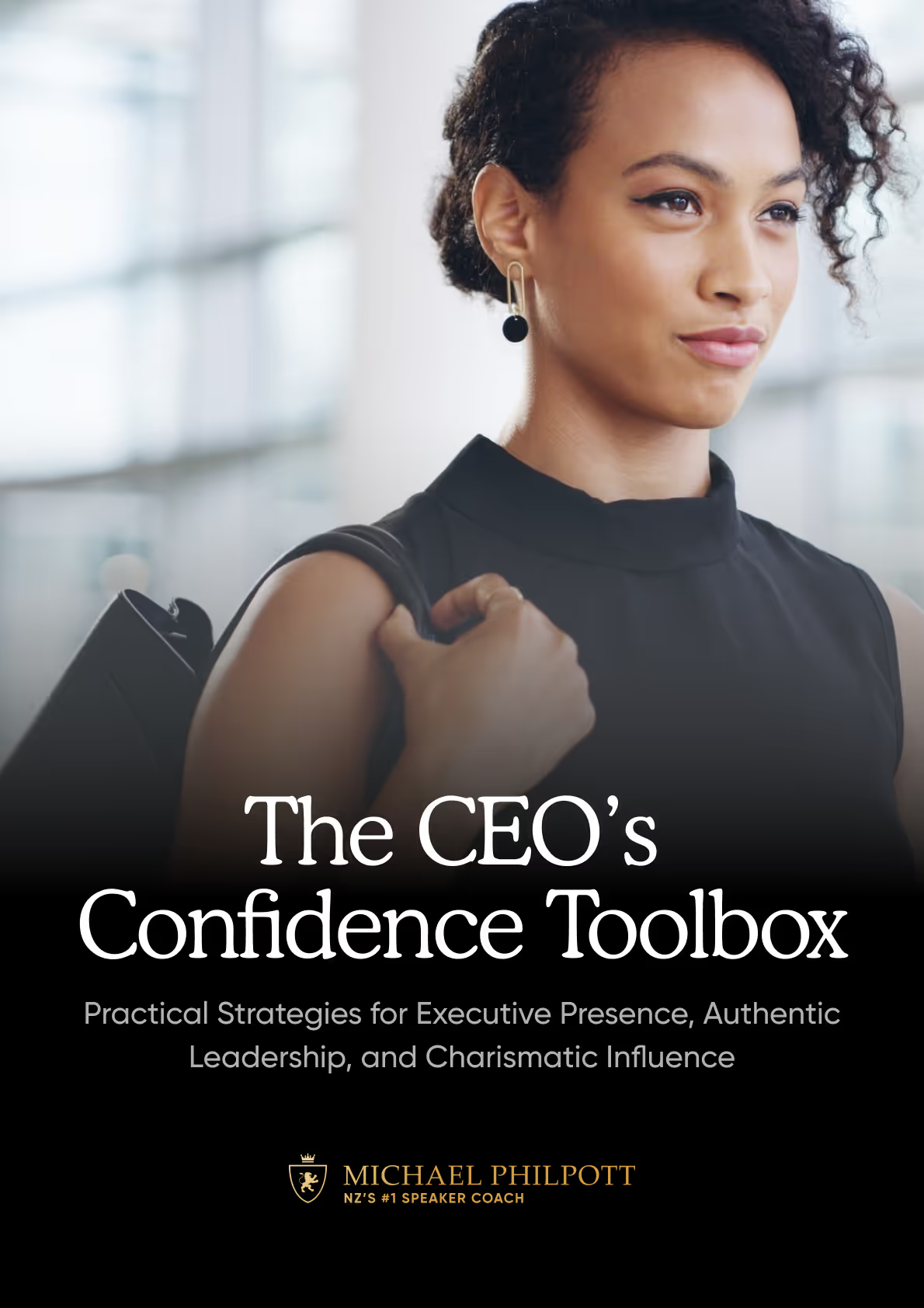
1. Setting the Scene: The March on Washington, 1963
On August 28, 1963, over 250,000 people gathered at the Lincoln Memorial in Washington, D.C., for the March on Washington for Jobs and Freedom. Amidst the crescendo of the civil rights movement, Dr. Martin Luther King Jr. stepped forward to deliver what would become one of the most iconic speeches in human history.
His words didn’t just speak to the crowd — they ignited a movement. They became a benchmark for public speaking, leadership, and the human desire for justice and equality.
2. The Anatomy of a Historic Speech
Dr. King’s address is renowned for its powerful rhetoric, spiritual resonance, and emotional truth. Signature elements include:
- Anaphora: Repeaton phrases like "I have a dream" and "Let freedom ring" to build rhythm and reinforced vision.
- Metaphor: From "a lonely island of poverty" to "a bad cheque," vivid comparisons made inequality tangible.
- Allusion: Weaving in the Constitution, Declaration of Independence, Bible verses, and patriotic songs.
- Improvisation: The iconic "I have a dream" section was not in his prepared notes — it was a live, inspired shift, prompted by gospel legend Mahalia Jackson urging, "Tell them about the dream!"
3. MLK’s CLT Mastery: How the “Dream” Speech Used the 12 Charismatic Leadership Tactics
Dr. King’s speech stands as a timeless demonstration of the 12 Charismatic Leadership Tactics (CLTs) identified by John Antonakis and colleagues at the University of Lausanne — a set of verbal and non-verbal techniques used by the world’s most influential communicators.
Here’s how MLK brought them to life:
1. Metaphors, Similes, and Analogies
“America has given the Negro people a bad cheque…”
“…a lonely island of poverty in the midst of a vast ocean of material prosperity…”
These metaphors paint injustice in a way that’s unforgettable and emotionally gripping.
2. Stories and Anecdotes
While not personal stories, King recounts a shared American narrative — the promise of freedom, broken dreams, and a future still within reach.
3. Contrasts
“I have a dream that one day… sons of former slaves and the sons of former slave owners will be able to sit down together…”
He uses contrast not to divide, but to envision reconciliation.
4. Rhetorical Questions
“When will you be satisfied?”
“What will it take?”
These questions demand the listener reflect, respond, and reckon with the reality.
5. Expressions of Moral Conviction
“Now is the time to make real the promises of democracy.”
“We cannot be satisfied as long as the Negro’s basic mobility is from a smaller ghetto to a larger one.”
King speaks with moral force, grounded in justice, non-violence, and faith.
6. Reflections of the Group’s Sentiments
“We are not satisfied…”
He channels collective pain, urgency, and hope — giving voice to the unheard.
7. Three-Part Lists
“…with the fierce urgency of now… in this sweltering summer… of legitimate discontent…”
And, of course:
“Free at last, free at last, thank God Almighty, we are free at last.”
8. Setting High Goals
“I have a dream…”
It wasn’t a policy plan. It was something bigger — a vision. One that transcended time and place.
9. Conveying Confidence
“I have a dream… I have a dream…”
Each repetition builds certainty and trust. He doesn’t hope for it — he sees it.
10. Animated Voice
Dr. King’s preaching cadence, his rising volume, the rhythmic power of his delivery — this was vocal mastery.
11. Facial Expressions
Photos and footage show him fully immersed — open, emotive, focused — connecting heart-to-heart.
12. Gestures
His arm movements are expansive and flowing, mirroring the scale of his message. His whole body speaks.
✨ Dr. King’s charisma wasn’t performance — it was alignment. Every word, breath, and pause was grounded in deep personal belief and collective purpose.
4. Lessons for Modern Communicators
Dr. King’s speech offers transformational lessons for leaders and speakers today:
- Speak from Vision, Not Just Policy: A dream is more powerful than a plan.
- Use Metaphor to Bridge Minds and Hearts: Make abstract ideas feel real.
- Speak With Moral Weight: Conviction cuts through noise.
- Feel the Words As You Say Them: The audience doesn't just hear — they feel what you feel.
- Don't Be Afraid to Improvise: Trust yourself. When you're prepared and present, the magic flows.
5. Experience the Speech
🎥 Martin Luther King Jr. — “I Have a Dream” Speech (1963)
Whether you’re on a stage, in a boardroom, or leading a movement — remember:
Your voice can shape the future.
Speak it like you believe it. Dream like King.
And never underestimate the power of well-crafted words, delivered with conviction.




